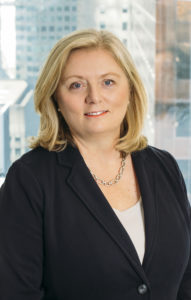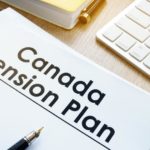 With interest rates falling ever closer to zero, the mantra that costs matter in investment funds is truer than ever.
With interest rates falling ever closer to zero, the mantra that costs matter in investment funds is truer than ever.
So it’s good news that on Tuesday Vanguard Canada cut fees on three passively managed Canadian bond ETFs, the sixth fee reduction in its Canadian operation in the last seven years. With the latest fee cuts, Vanguard says its average Management Expense Ratios on its ETFs are 57% lower than the industry average.
As the graphic to the left shows, the management fee will now be 0.15% on the Vanguard Canadian Long-Term Bond Index ETF (VLB/TSX), the Vanguard Canadian Government Bond Index ETF (VGV) and the Vanguard Canadian Corporate Bond Index ETF (VCB). Previously the fee on VLB was 0.17%, VGV’s was 0.25% and VCB’s was 0.23%.
Vanguard Canadian Long-Term Bond Index ETF seeks to track the Bloomberg Barclays Global Aggregate Canadian 10+ Year Float Adjusted Bond Index, investing primarily in public, investment-grade fixed income securities issued in Canada. Vanguard Canadian Government Bond Index ETF seeks to track seeks to track the Bloomberg Barclays Global Aggregate Canadian Government Float Adjusted Bond Index, and invests primarily in public, investment-grade government fixed income securities issued in Canada. Vanguard Canadian Corporate Bond Index ETF seeks to track the Bloomberg Barclays Global Aggregate Canadian Credit Float Adjusted Bond Index and invests primarily in public, investment-grade non-government fixed income securities issued in Canada.

“For us, low costs are not a pricing strategy. We are built to pass on the benefits of our size and scale to investors in helping them achieve investment success,” said Kathy Bock, Managing Director and Head of Vanguard Investments Canada Inc. in a press release, “This is even more important in the current market climate, where low returns mean that costs erode an even larger share of returns than they would normally.”
The extreme volatility of the last few months has challenged both individual investors and financial advisors and in such an environment “high-quality bond ETFs can play a key role as a stabilizing force in a portfolio,” said Scott Johnston, Vanguard Canada’s Head of Product, “We are pleased to support investors with these fee reductions to help them keep more of their returns.”
Low fees and the “Vanguard Effect” in Canada
Including fee reductions from 2013 to 2015, and in 2018 and 2019, Vanguard estimates the cumulative reductions have saved Canadians more than $10 million.
As competitors adjust fees down in response, industry investment fees have come down significantly over the last several years, typically after Vanguard enters a particular geographic market. This “Vanguard Effect” phenomenon has occurred in the United States, the United Kingdom and Australia as well as Canada.
For more information on Vanguard’s broad pricing impact on the ETF market, see this infographic.






